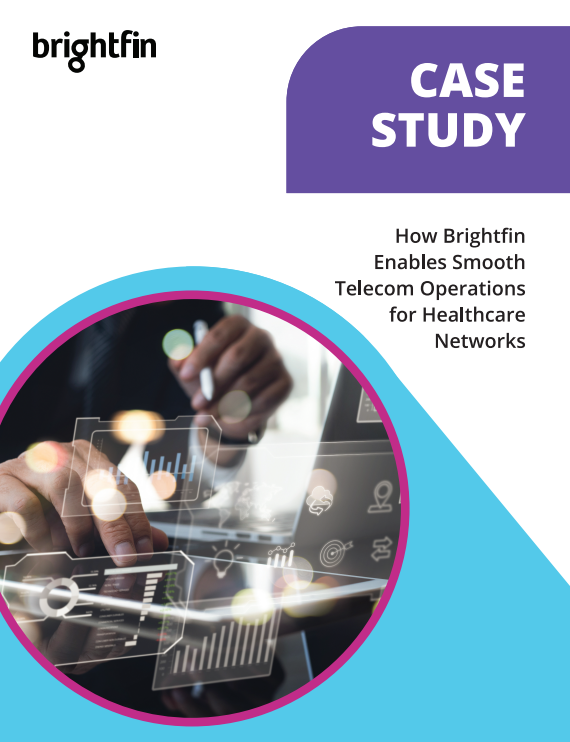Today, companies spend a lot of money on IT, technology, and telecom services. In fact, according to the International Data Corporation (IDC), global spending in the mentioned categories equated to a whopping $4 billion in 2018, with predictions stating that spending can reach up to $4.8 trillion in 2023. It’s impossible to ignore the impact this has on an organization’s bottom line.
Unfortunately, even with that amount of money being spent, many organizations still aren’t as efficient with their IT and technology spend as they can be. According to Gartner, most enterprises and organizations overspend by 30% or more on technology and telecom-related expenses.
Fortunately, there are solutions available to help enterprises in this situation, but finding the right provider that’s the best fit can be difficult.
That’s why it’s best to start off by writing a high-quality Request for Proposal (RFP) to any prospective Technology Expense Management (TEM) vendors. This is the optimum first step to get your IT, technology, and telecom expenses in check. Unfortunately, writing a TEM RFP that will receive a response isn’t as easy as it sounds. Whether you’re an RFP pro or a first-timer, be sure to keep these quick tips in mind.
1. Clearly Outline Internal Goals and Expected Outcomes
Before even writing the content, it’s important to ensure there is internal alignment on the need for TEM and how everyone sees it helping the organization. This may extend to a wide variety of departments. Once your internal team is on the same page, it’s time to clearly outline in the RFP the needs, benefits, and, outcomes your organization is expecting from a TEM provider. The needs of your organization should be stated as clearly and accurately as possible so a prospective provider can immediately determine how they can help.
Don’t be shy including more precise details about expected results. Detailing deeper level KPI’s and other metrics can only help the process, making TEM vendors aware of how you are evaluating them, and making sure your needs can be met early on in the evaluation process.
2. Highlight Past Issues and Future Plans
It’s important to include current and past issues to help give TEM providers a better idea of exactly how they can help. Understanding and documenting these points can also help you and your team determine what the organization really needs out of a TEM provider.
It’s also worthwhile to include your organization’s future plans. Is there a major strategic initiative coming soon? Will there be any new business brought in soon through a merger or acquisition? This can be helpful to note as bidding TEM providers may be able to help/support these events.
3. Understand Key Vendor Differentiators
The TEM market is a mature market filled with many different vendors. Most, if not all of these providers’ software include the basics such as order management, inventory management, and invoice processing. It’s very important to ask prospective providers what their differentiating factors are, why/what makes them better suited for your business than the next provider?
Just as important as you detailing your future plans, it’s also wise to ask what prospective TEM provider’s futures may hold. How do they plan to help you scale your TEM project for now as well as in the future? What new technology and features
What’s Next?
Remember, an RFP is just the beginning of the process of finding a TEM provider best suited to take your TEM program to the next level. It serves as a way to give you an initial list of relevant, interested options going forward. The next step in the process is setting some time with each prospective TEM provider to discuss your needs in-depth, outline specific requirements, and ask relevant questons.




